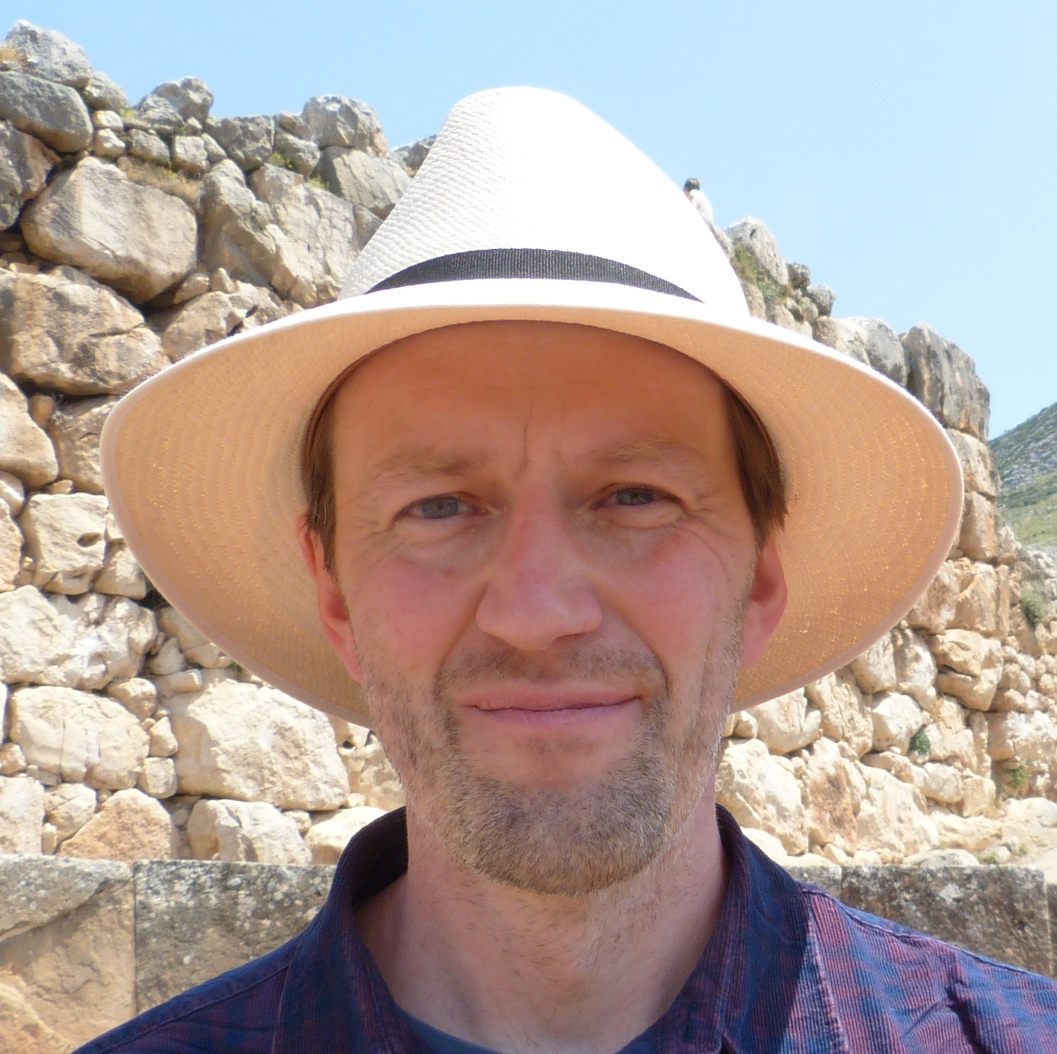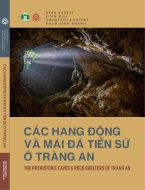
University of Cambridge, UK
Doctor of Philosophy – PhD, Archaeology
1998 – 2002
University of Cambridge, UK
Bachelor of Arts – BA, Archaeology and Anthropology
1995 – 1998
Dr. Rabett is a strong advocate of the unique perspective that history and deep history bring to addressing today’s challenges to community, environment and heritage; values at the core of IHCLA.
He began his academic career at York University, Toronto (1993-94), starting a BA (Hons) in Classical Studies. In 1995, he moved to the University of Cambridge to read for a BA in Archaeology and Anthropology, then doctoral research on Southeast Asian prehistory (1998-2002). Post-doctoral fellowships followed, and temporary lectureship positions at Cambridge (Palaeolithic) and at the University of London (Archaeology of Ritual and Religion). In 2015, Rabett joined Queen’s University Belfast, becoming a tenured lecturer and then senior lecturer in Human Palaeoecology, teaching early human global dispersal, adaptation, and human evolutionary studies. Undergraduate and graduate research projects under his supervision have been recognized by university and national awards; and have pioneered new approaches in the study of material cultures, such as through ‘SmartGrain’ and 3D ‘Infinite Focus’ technologies to provide high-resolution artifact imaging and metrics.
Since 2007, Rabett has led two long-term archaeological projects in Vietnam, funded in recent years (2016-22) by the UK Arts & Humanities Research Council and the Xuan Truong Construction Enterprise (SUNDASIA). He has become increasingly involved in the World Heritage sector, including as co-author on the nomination of the Tràng An Landscape Complex (inscribed in 2014) and through membership in ICOMOS – e.g., as a named reviewer on the international report: The Future of Our Pasts: Engaging Cultural Heritage in Climate Action. As a member of Tràng An‘s Scientific Advisory Committee, he has continued to help define that property’s cultural heritage and biodiversity management strategies (including, lately, co-authorship of its 2021-25 Management Plan, and co-leading reintroduction of a critically endangered species of monkey). He is currently heading a project to assess the perception, role and benefits of ecotourism for local communities; a museum exhibition; and, with state authorities, preparation of a new serial UNESCO nomination in Vietnam.
While his work has centered in Southeast Asia, Rabett has also been involved in or led fieldwork projects in Continental Europe, North Africa, North America, the Levant and the Greek Ionian Islands. He has published 73 scientific articles and two books – including a 2012 monograph: Human Adaptation in the Asian Palaeolithic: Hominin Dispersal and Behaviour in the Late Quaternary (Cambridge University Press).
His current research includes a survey project on ecotourism focused on local communities, management, and pandemic impacts in two World Heritage properties; a popular book about Vietnamese archaeology; and another book with strong ancient Greek and archaeological themes that aims to get children more engaged with the past and modern environmental issues.
Silva, F. et al. 2022. Developing Transdisciplinary Approaches to Sustainability Challenges: The Need to Model Socio-Environmental Systems in the Longue Durée
Rabett, R.J. et al. 2023. Prehistoric pathways to Anthropocene adaptation: Evidence from the Red River Delta, Vietnam
 Rabett, R.J., Hill, E., Kahlert, T., Pham, S.K. 2023. Các Hang Động Và Mái Đá Tiền Sử Ở Tràng An / The Prehistoric Caves & Rock Shelters of Tràng An. Publisher: Thế giới / Tràng An Management Board, 212 pgs.
Rabett, R.J., Hill, E., Kahlert, T., Pham, S.K. 2023. Các Hang Động Và Mái Đá Tiền Sử Ở Tràng An / The Prehistoric Caves & Rock Shelters of Tràng An. Publisher: Thế giới / Tràng An Management Board, 212 pgs.
Rabett, R. 2023. Sustainability & connectedness to ‘nature’: Tracking the underrepresented impact of cultural diversity & spatiotemporal proximity